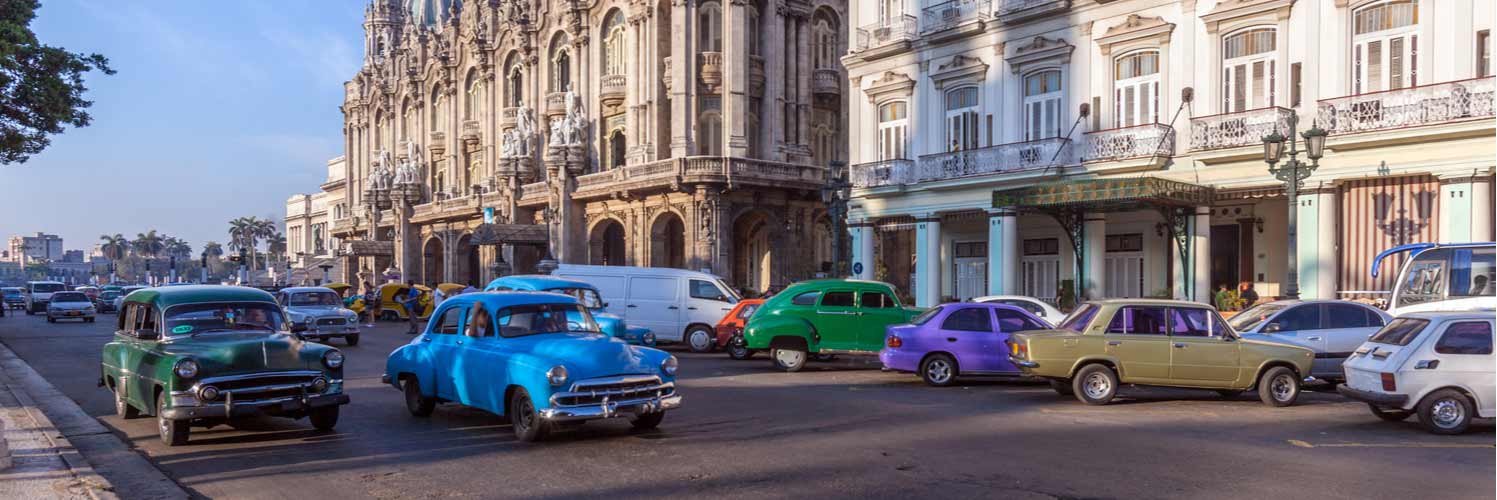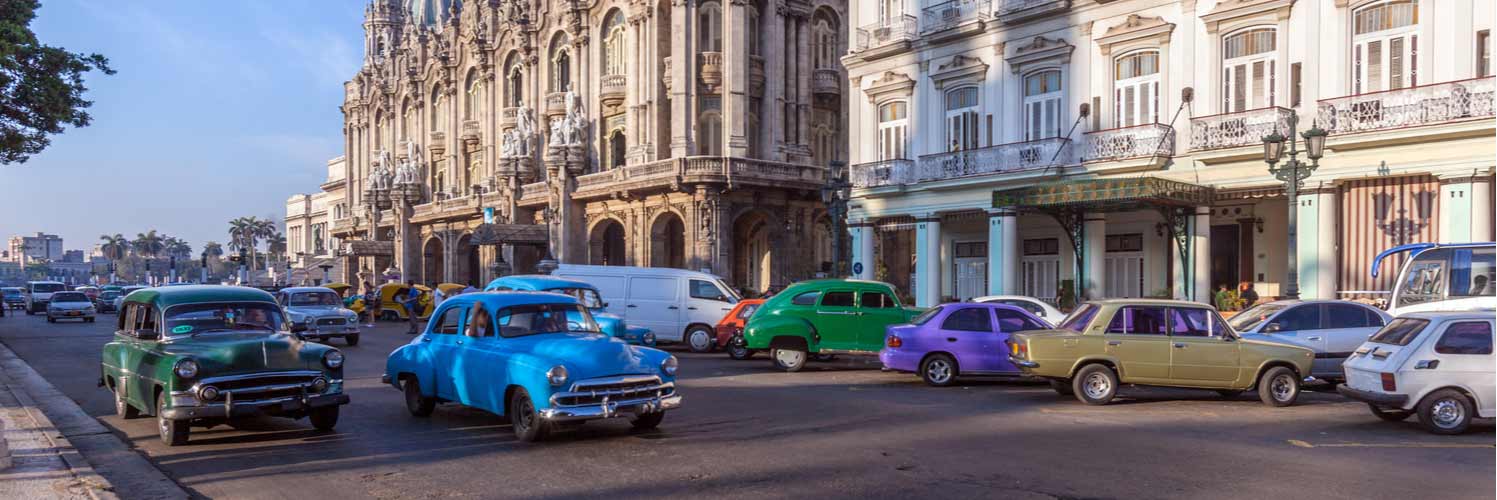 HISTORIA DEL SANTUARIO NACIONAL DEL SAN LAZARO MILAGROSO.
HISTORIA DEL SANTUARIO NACIONAL DEL SAN LAZARO MILAGROSO.
Cuando terminó de construirse el Real Hospital de San Lazaro, en la Caleta de Juan Guillén, en el 1781, el edificio constaba de dos plantas, con un frente monumental que servía de fachada a una iglesia ubicada al centro de la edificación en forma de cuadrilátero.
Durante años este fue el templo visitado por los enfermos de lepra y devotos de San Lazaro o Babalú Ayè, en busca de ayuda espiritual y para dar cumplimiento a sus promesas, hasta que ambas instituciones fueron trasladas provisionalmente a Mariel, y luego al poblado de Rincon, en el municipio Santiago de las Vegas, como definitiva sede.
En 1936 se iniciaron las primeras obras de reconstrucción del templo gracias a las limosnas y donaciones provenientes de la generosidad pública, recaudadas por las religiosas de la orden de las Hijas de la Caridad. En los años cincuenta se edificó sobre el altar mayor una cúpula rematada por una cruz, y en los exteriores, un portal techado con cristales, que ya no existe. En 1960 quedó terminada una primera fase de ampliación.
El templo se mantuvo invariable durante casi cuarenta años, hasta que en 1990 se le construyeron las dos naves laterales con que cuenta en la actualidad, que amplían su espacio y permiten un flujo mayor de personas los días de festividad religiosa.
El templo llama la atención, por la modernidad de sus líneas y su iluminación natural, sus dos pequeñas naves laterales dispuestas en forma de cruz latina cuyos brazos son dos capillas, una para el auxilio espiritual de los enfermos y la de la izquierda que acoge al altar mayor y el presbiterio. Su frente exhibe tres campanas ubicadas bajo tres arcos de medio punto, y en la parte superior del campanario, en el centro de la torre, se encuentra un reloj circular; debajo, un friso frontal con un tragaluz cuyo cristal forma una cruz.
En el interior existen varios altares o capillas con imágenes de los santos más venerados por los cubanos. En la parte central de la nave está ubicado el altar mayor, donde halla San Lázaro obispo. El arco donde está situado el Lázaro «milagroso», que es la imagen más antigua y venerada del templo, ocupa una posición privilegiada en la capilla de la izquierda y se encuentra protegida por una urna de cristal.
SANTUARIO NACIONAL DE SAN LÁZARO
En la década del 1990. a propuesta del reverendo Ramón Suárez Polcari, en la Conferencia de Obispos Católicos celebrada en Puebla, Mexico le fue otorgado a esta pequeña iglesia el título de Santuario Nacional.
Una de las más concurridas manifestaciones de fervor religioso en Cuba es la peregrinación anual hasta el Santuario Nacional de San Lázaro, los creyentes, que confieren a este santo una gran generosidad para conceder peticiones personales y milagros, suelen asistir masivamente a pie o en cualquier medio de transporte a este lugar el 17 de diciembre, festividad de San Lázaro.
Ese día, y en especial la víspera, los fieles acostumbran dar cumplimiento a sus promesas satisfechas o establecer otras, lo que puede ser, precisamente, la difícil caminata desde diferentes puntos de la capital. Hasta el San Lázaro milagroso cubano, o Babalú Ayé, llegan devotos de todas las provincias de Cuba y del exterior, así como turistas, curiosos y miembros de la prensa cubana y extranjera.
 HISTORY OF THE SAN LAZARO MILAGROSO NATIONAL SANCTUARY.
HISTORY OF THE SAN LAZARO MILAGROSO NATIONAL SANCTUARY.
When the Royal Hospital of San Lazaro was finished, in the Caleta de Juan Guillén, in 1781, the building consisted of two floors, with a monumental front that served as a facade to a church located in the center of the building in the shape of a quadrilateral.
For years this was the temple visited by the leprosy patients and devotees of San Lazaro or Babalú Ayè, in search of spiritual help and to fulfill their promises, until both institutions were provisionally transferred to Mariel, and then to the town of Rincon, in the municipality Santiago de las Vegas, as definitive headquarters.
In 1936 the first works of reconstruction of the temple began thanks to alms and donations from public generosity, collected by the nuns of the order of the Daughters of Charity. In the fifties, a dome topped by a cross was built on the main altar, and on the outside, a portal covered with crystals, which no longer exists. In 1960 the first phase of the extension was completed.
The temple remained unchanged for almost forty years until in 1990 it was built the two side aisles that it currently has, which expand its space and allow a greater flow of people on religious holidays.
The temple draws attention, due to the modernity of its lines and its natural illumination, its two small lateral ships arranged in the shape of a Latin cross whose arms are two chapels, one for the spiritual help of the sick and the one on the left that welcomes the main altar and the presbytery. Its front exhibits three bells located under three semicircular arches, and at the top of the bell tower, in the center of the tower, is a circular clock; below, a frontal frieze with a skylight whose crystal forms a cross.
Inside there are several altars or chapels with images of the saints most revered by Cubans. In the central part of the nave is the main altar, where San Lázaro Bishop is located. The arch where the “miraculous” Lazarus is located, which is the oldest and most venerated image of the temple, occupies a privileged position in the chapel on the left and is protected by a glass urn.
In the 1990s, at the proposal of the Rev. Ramón Suárez Polcari, at the Conference of Catholic Bishops held in Puebla, Mexico, the title of National Shrine was granted to this small church.
One of the busiest manifestations of religious fervor in Cuba is the annual pilgrimage to the National Sanctuary of San Lazaro, the believers, who confer on this saint a great generosity to grant personal requests and miracles, usually attend massively on foot or in any medium of transport to this place on December 17, festival of San Lázaro. That day, and especially the day before, the faithful usually fulfill their fulfilled promises or establish others, which can be precisely the difficult walk from different points of the capital. Even the miraculous Cuban San Lázaro, or Babalú Ayé, comes devotees from all the provinces of Cuba and abroad, as well as tourists, curious and members of the Cuban and foreign press.
Agencies/ Cuba Perdida/ Livan Escandell/ Internet Photos/ YouTube/ Arnoldo Varona/ www.TheCubanHistory.com
THE CUBAN HISTORY, HOLLYWOOD.












